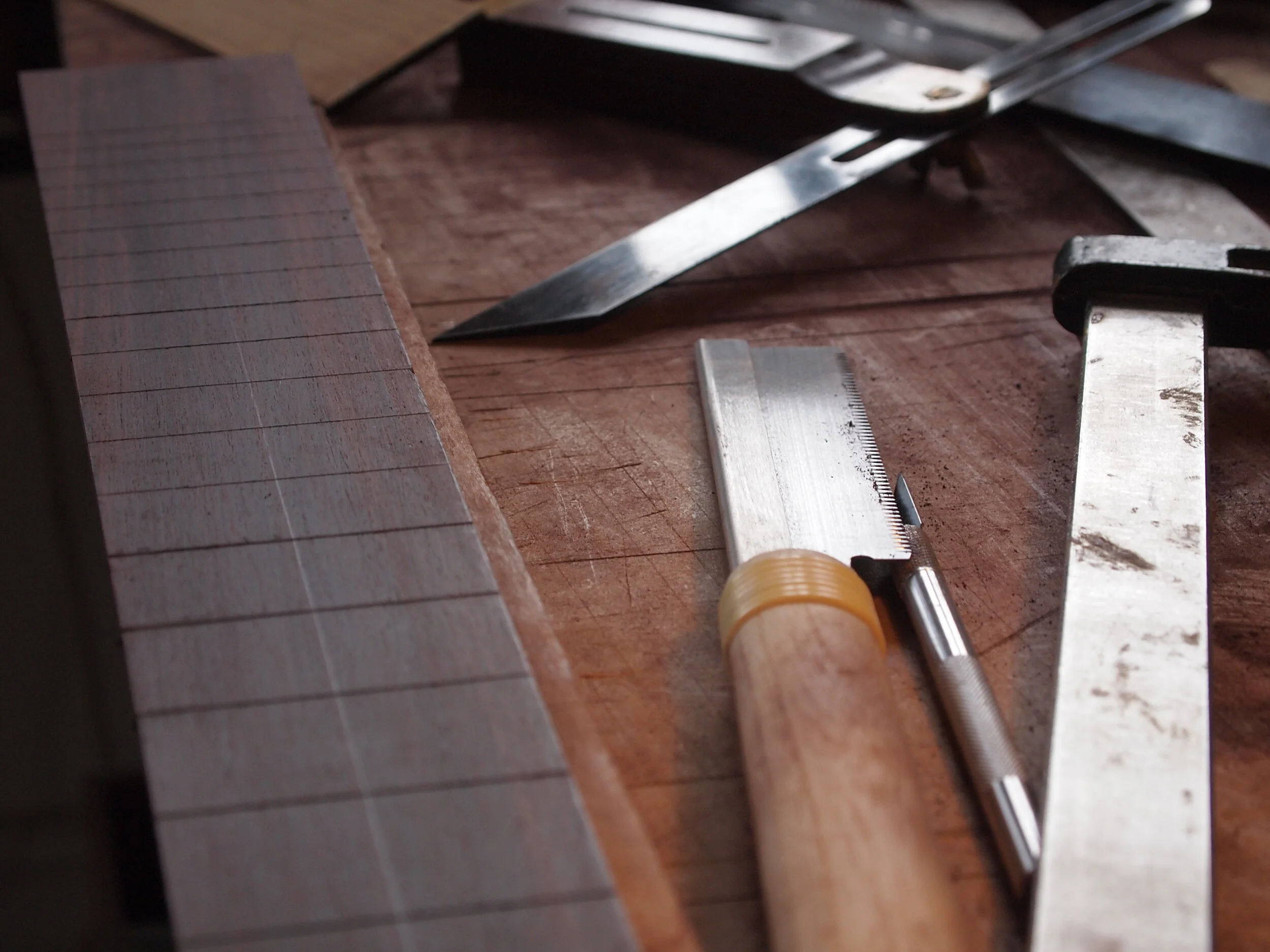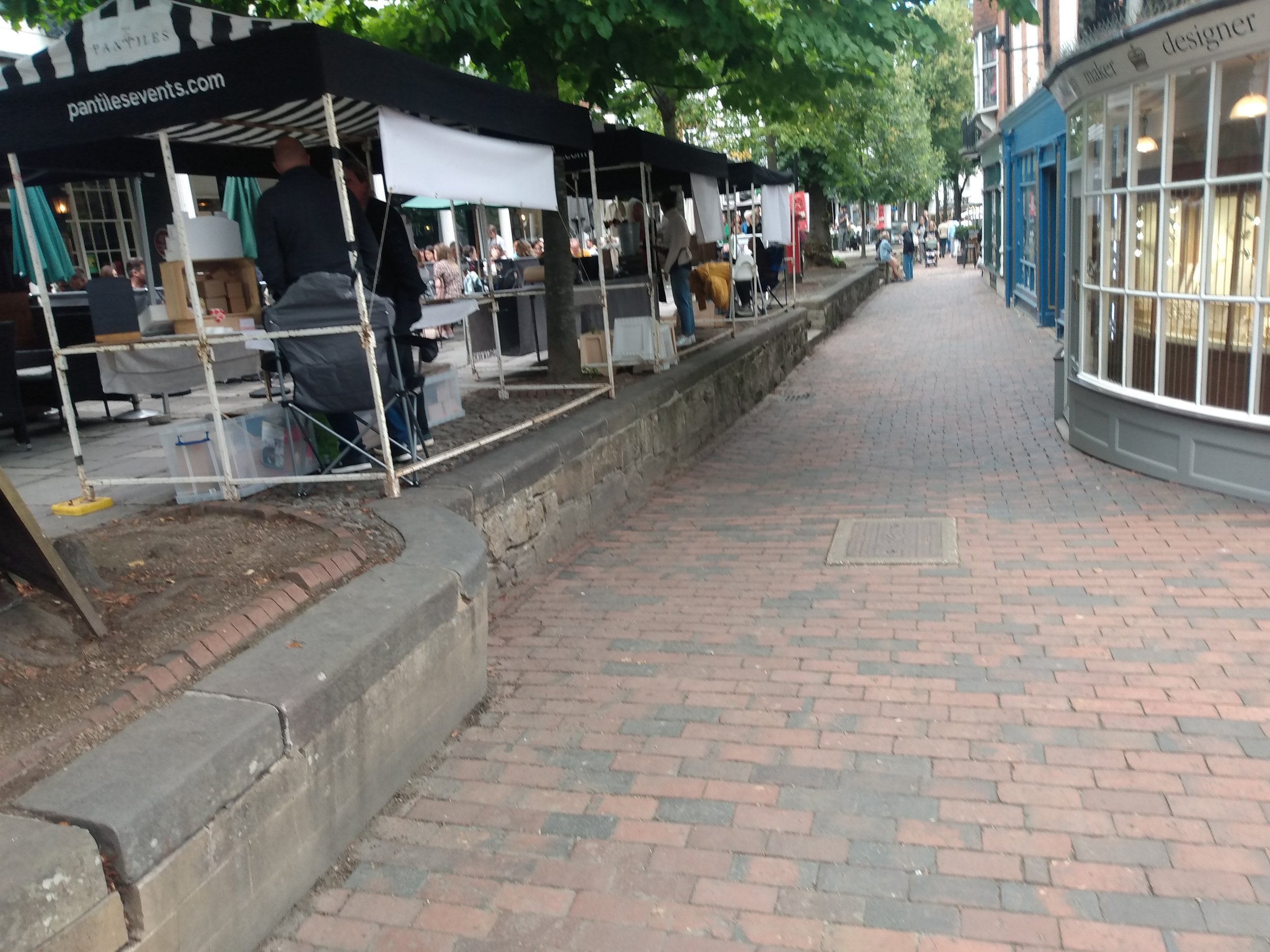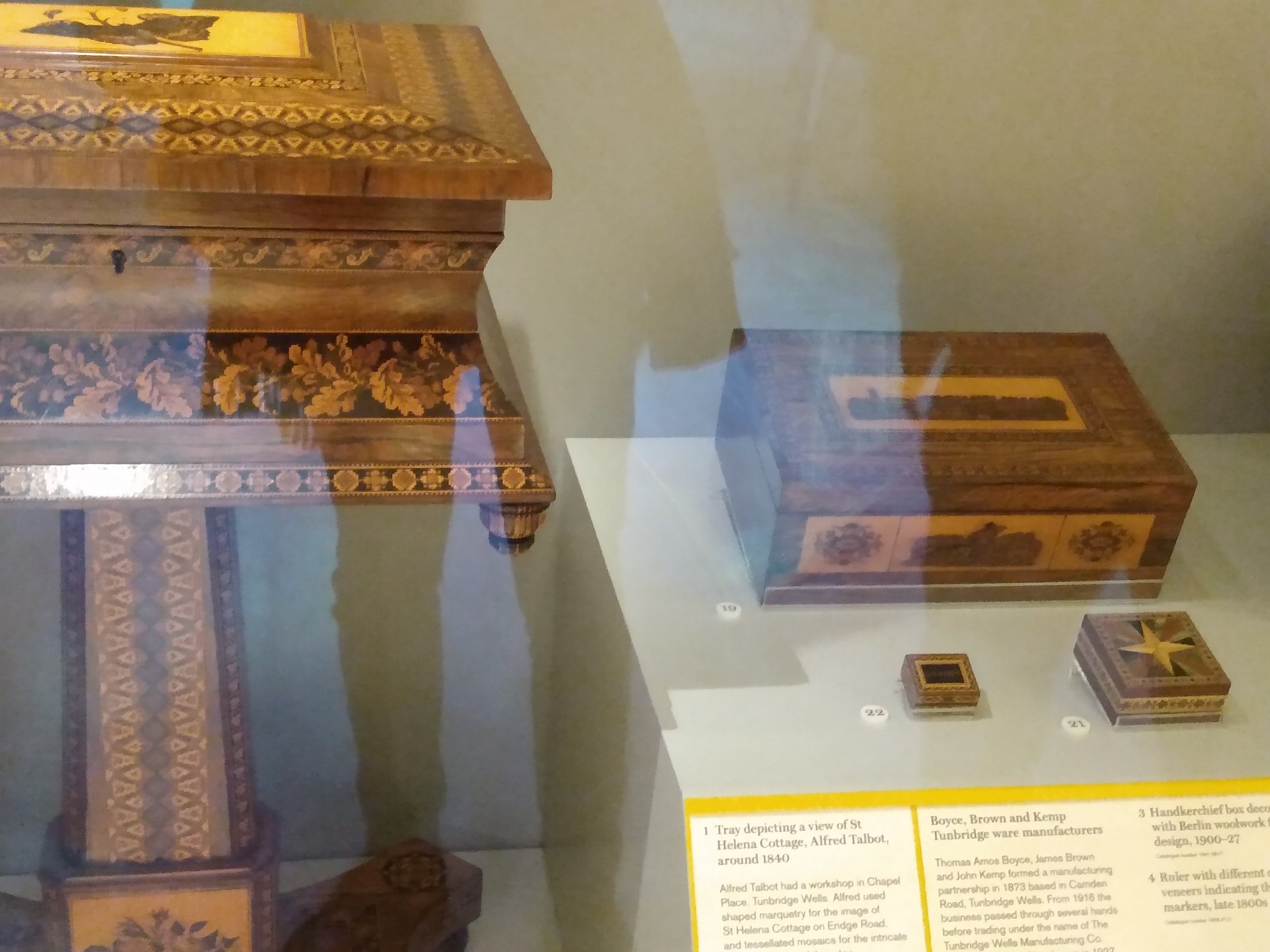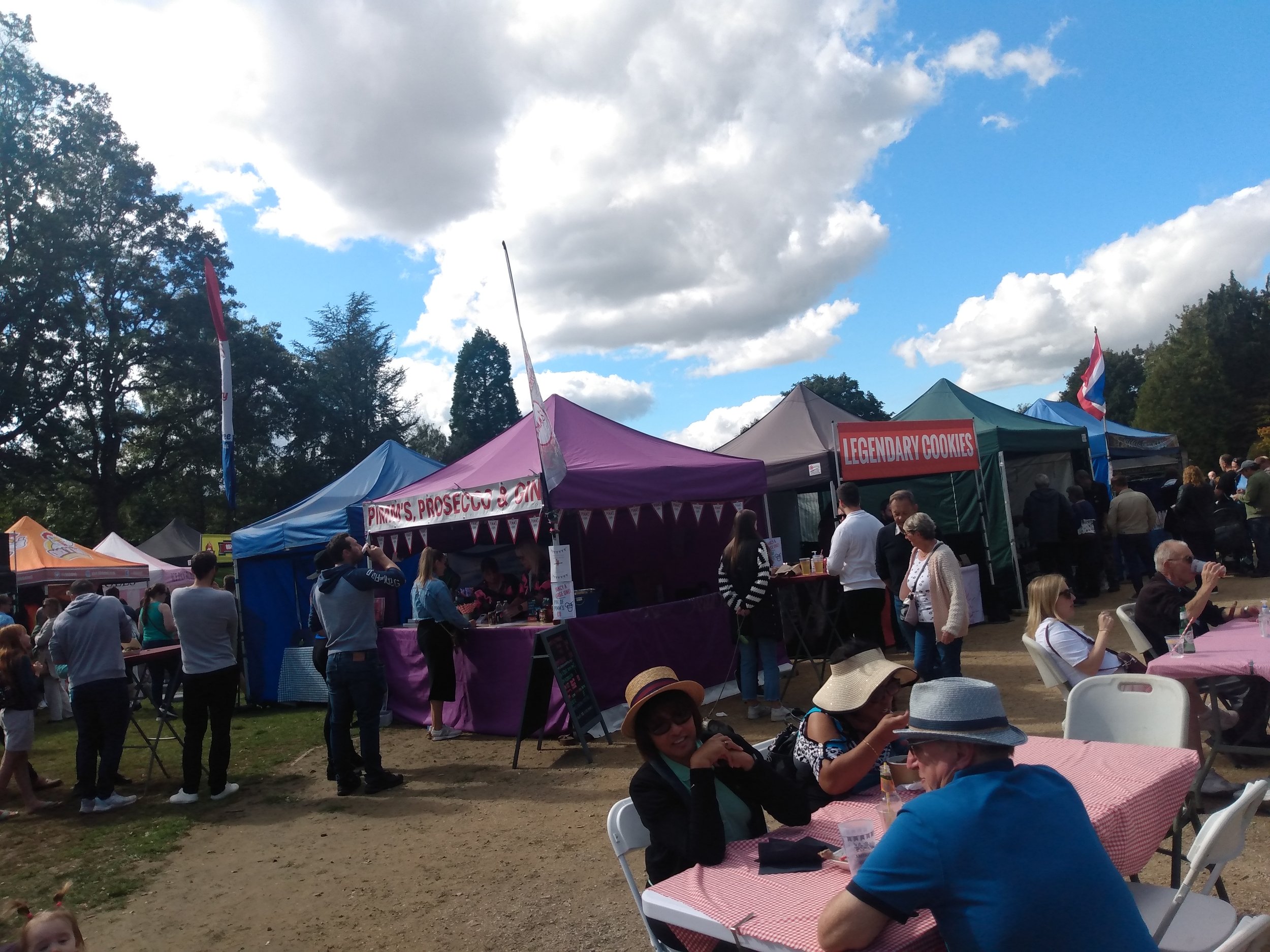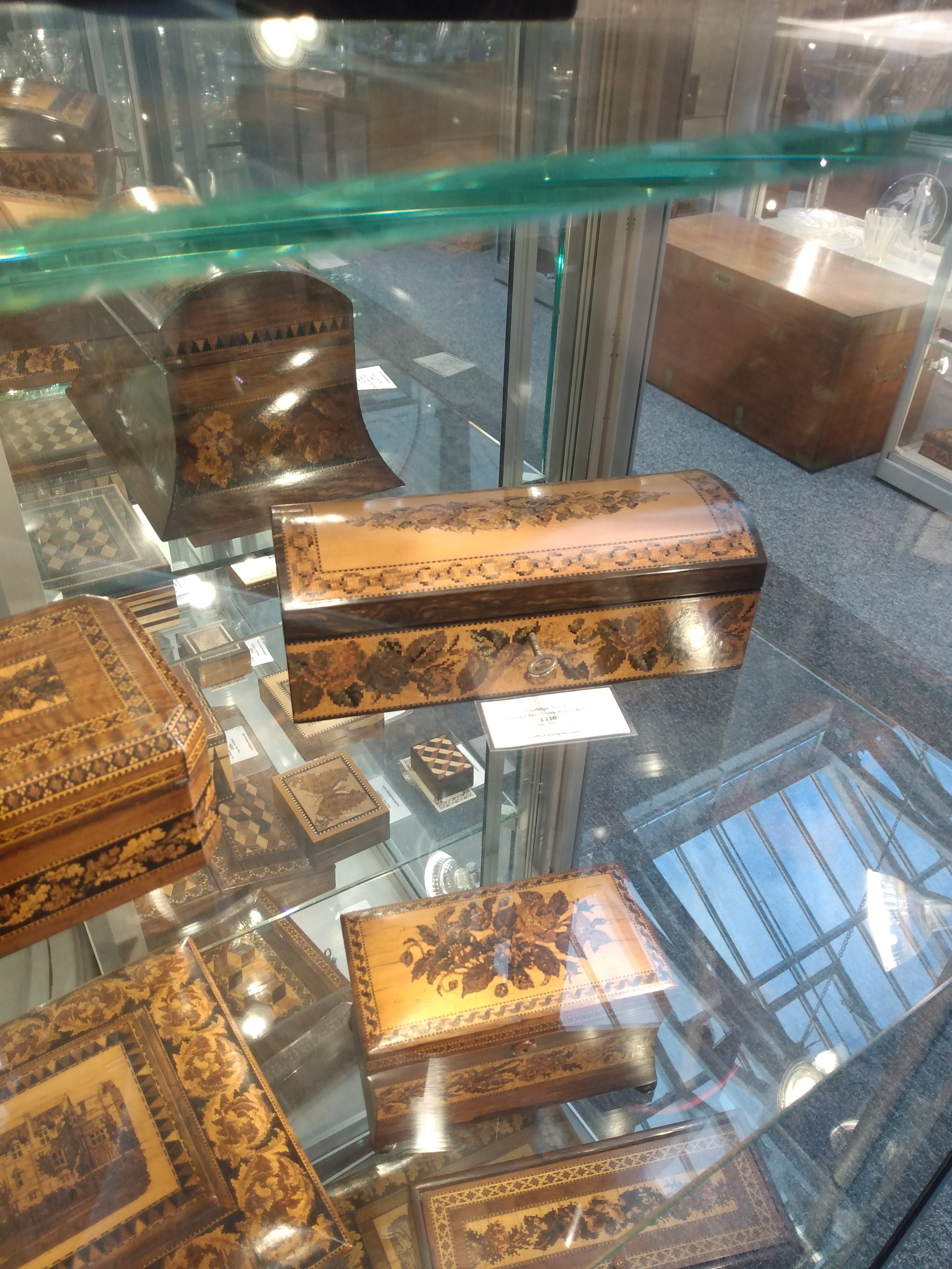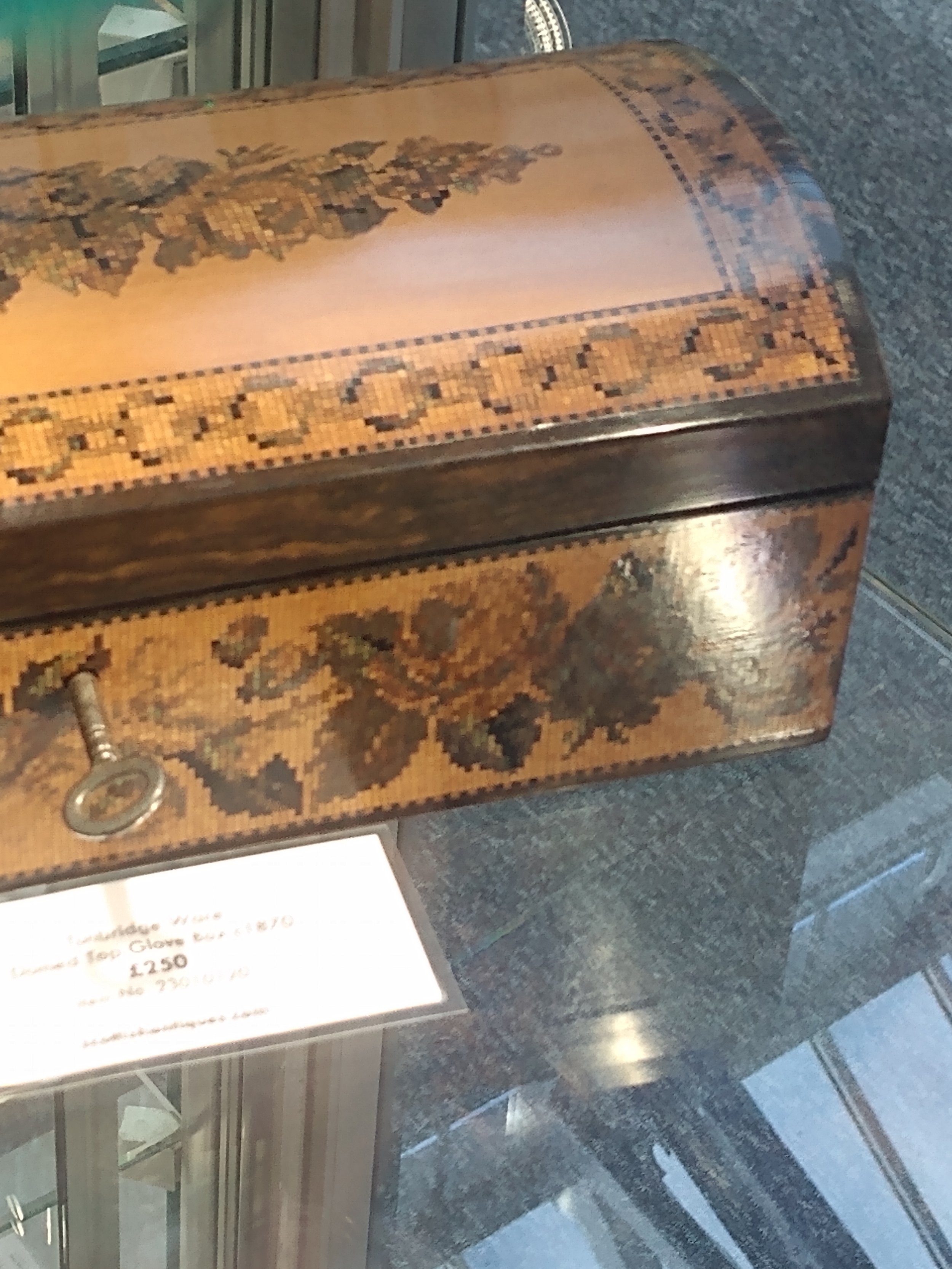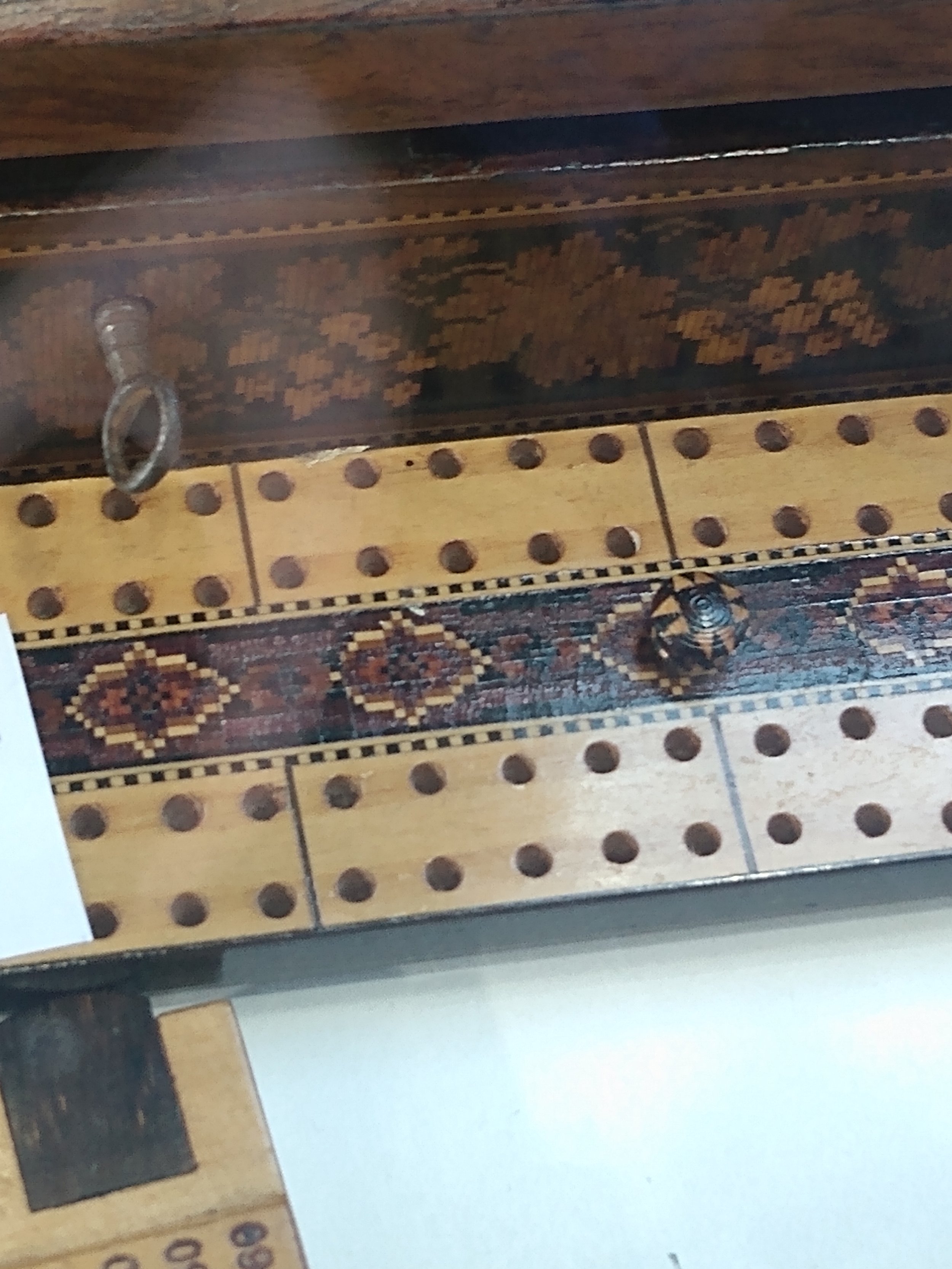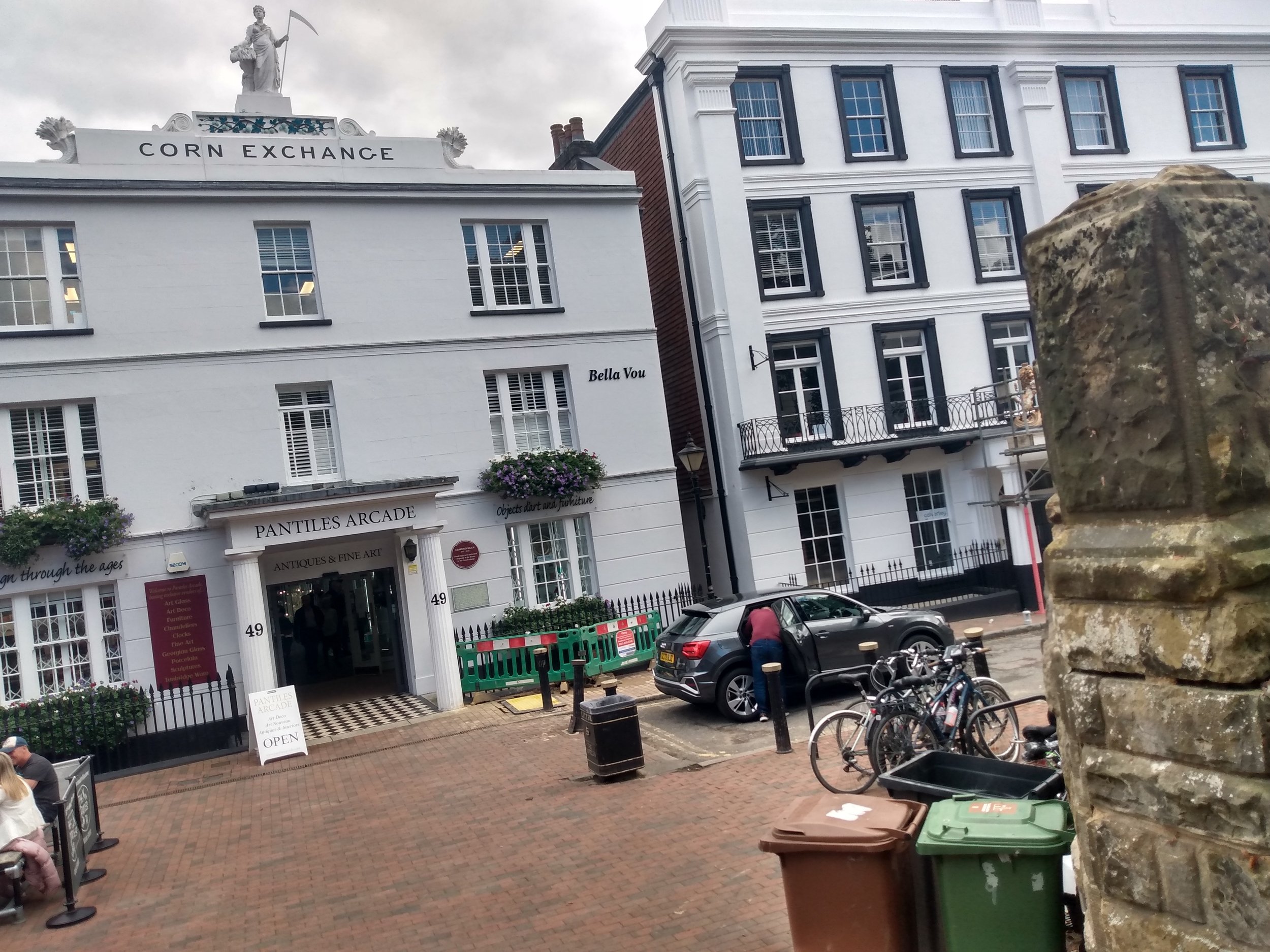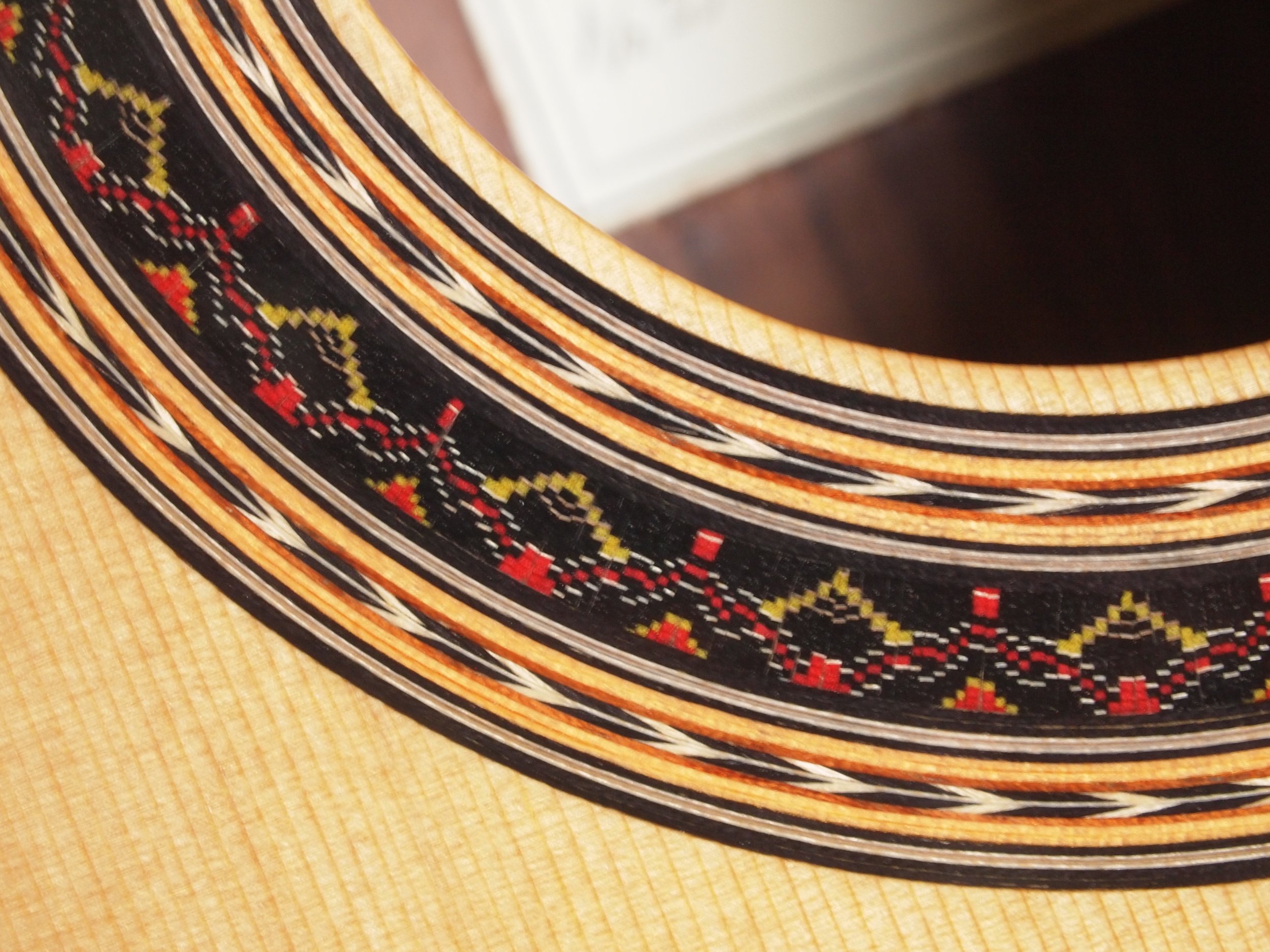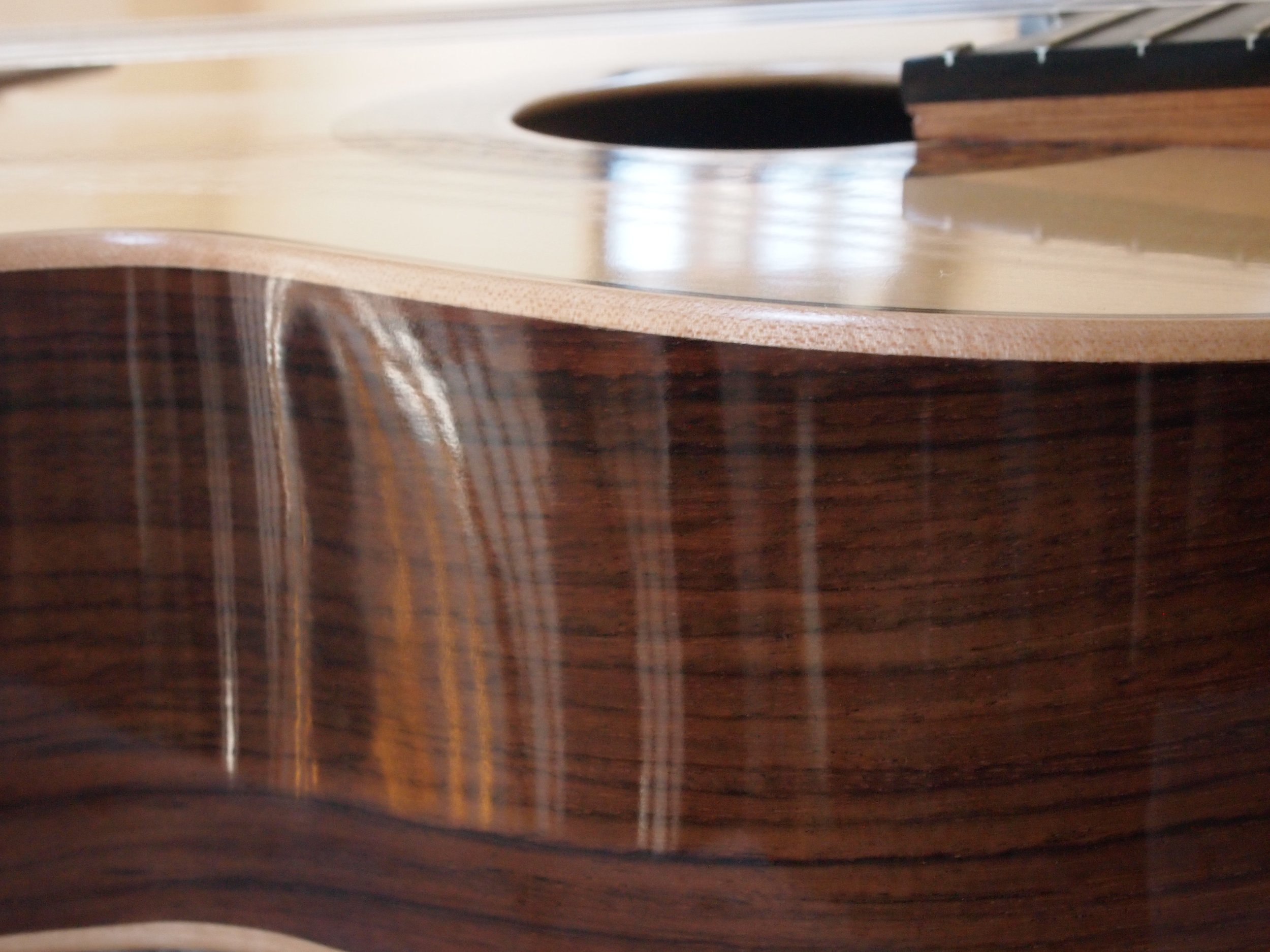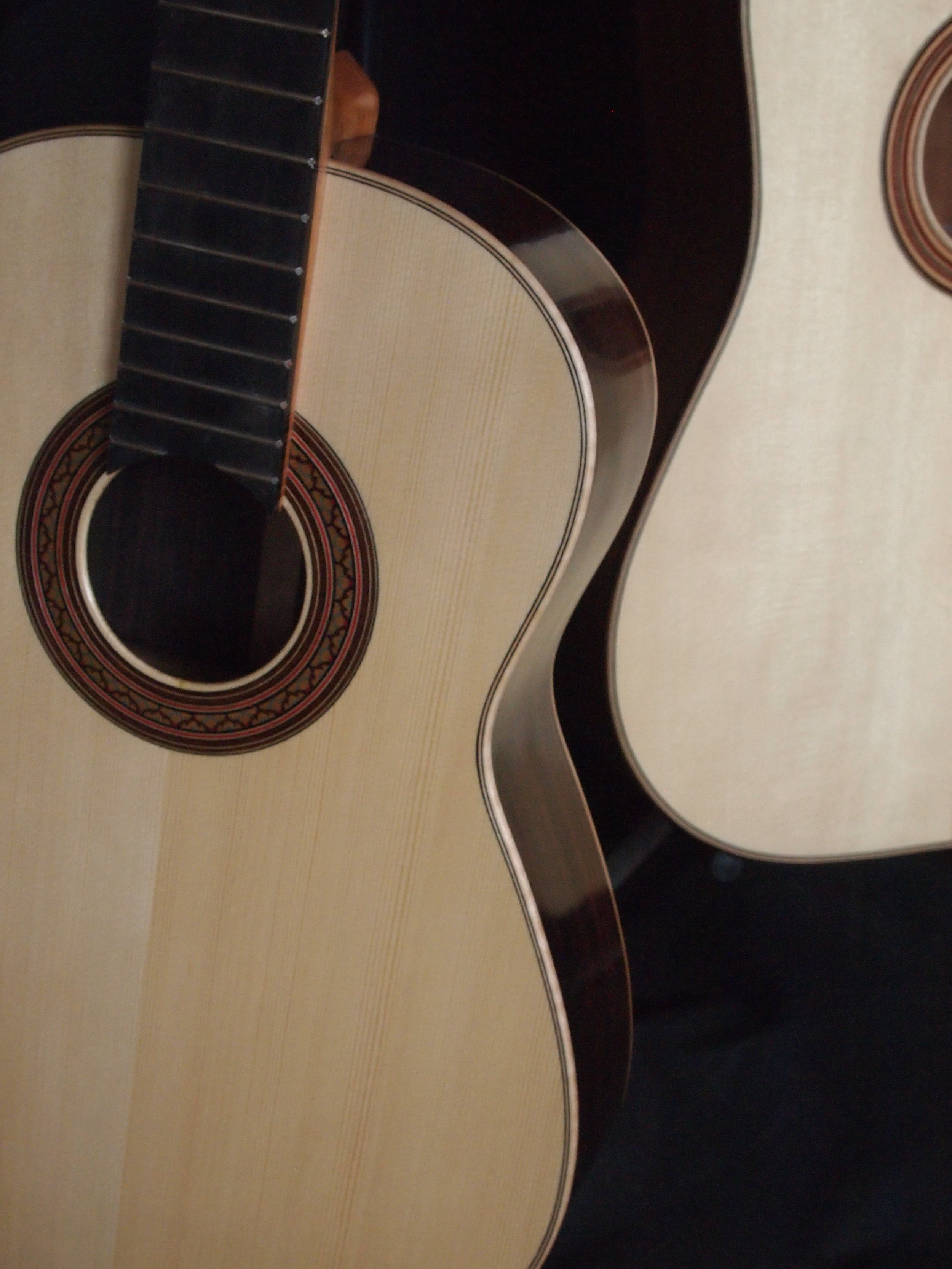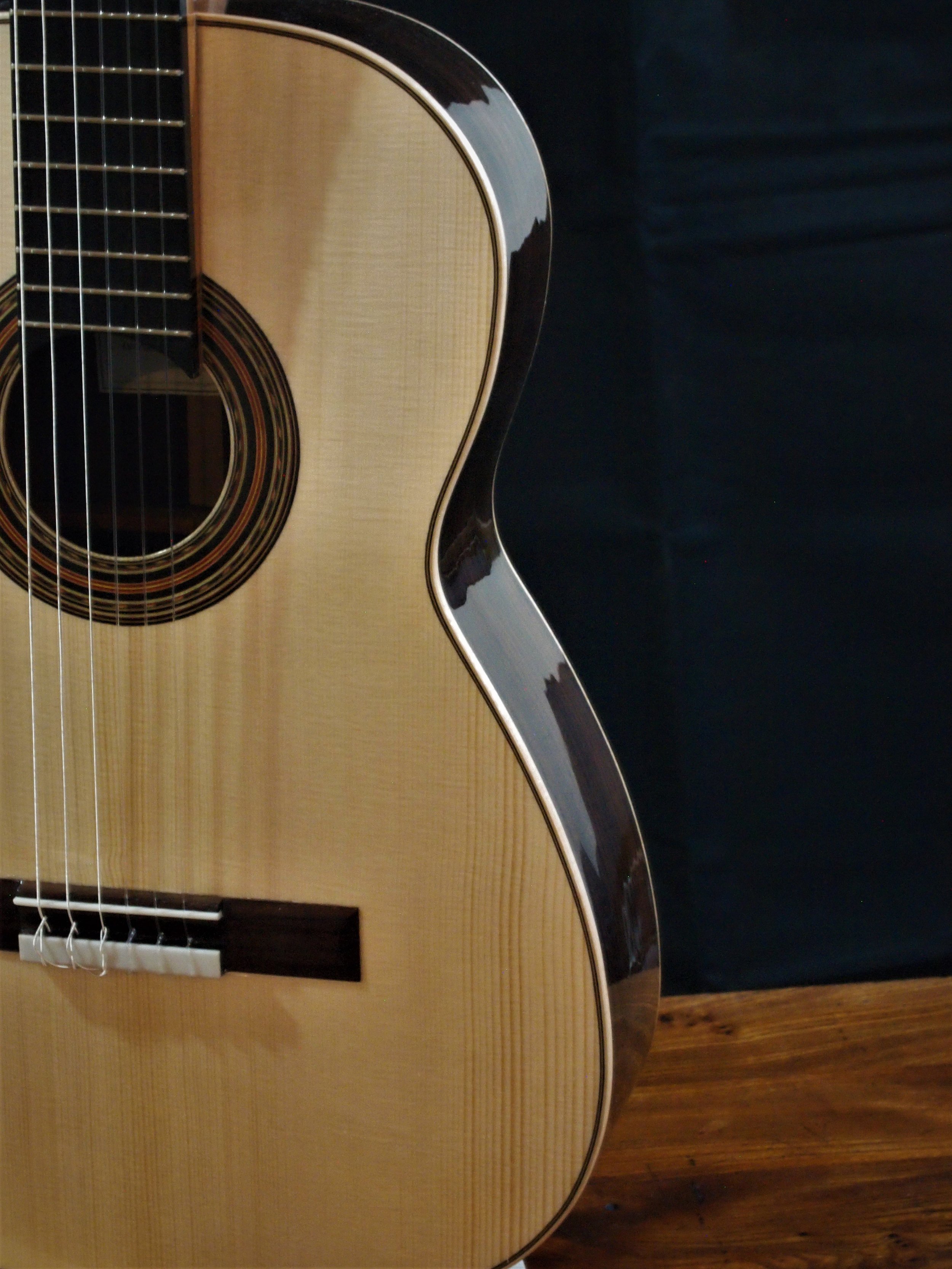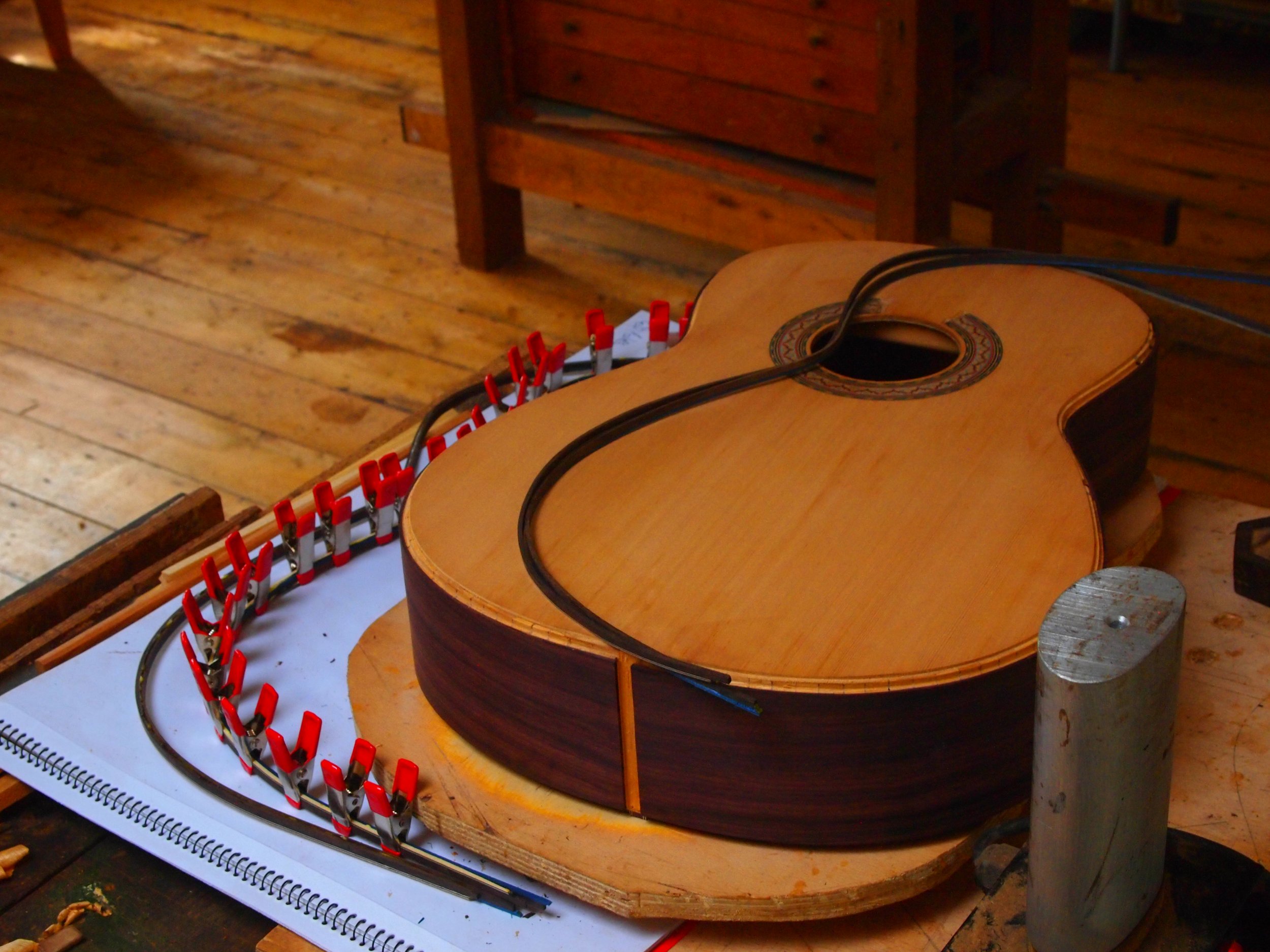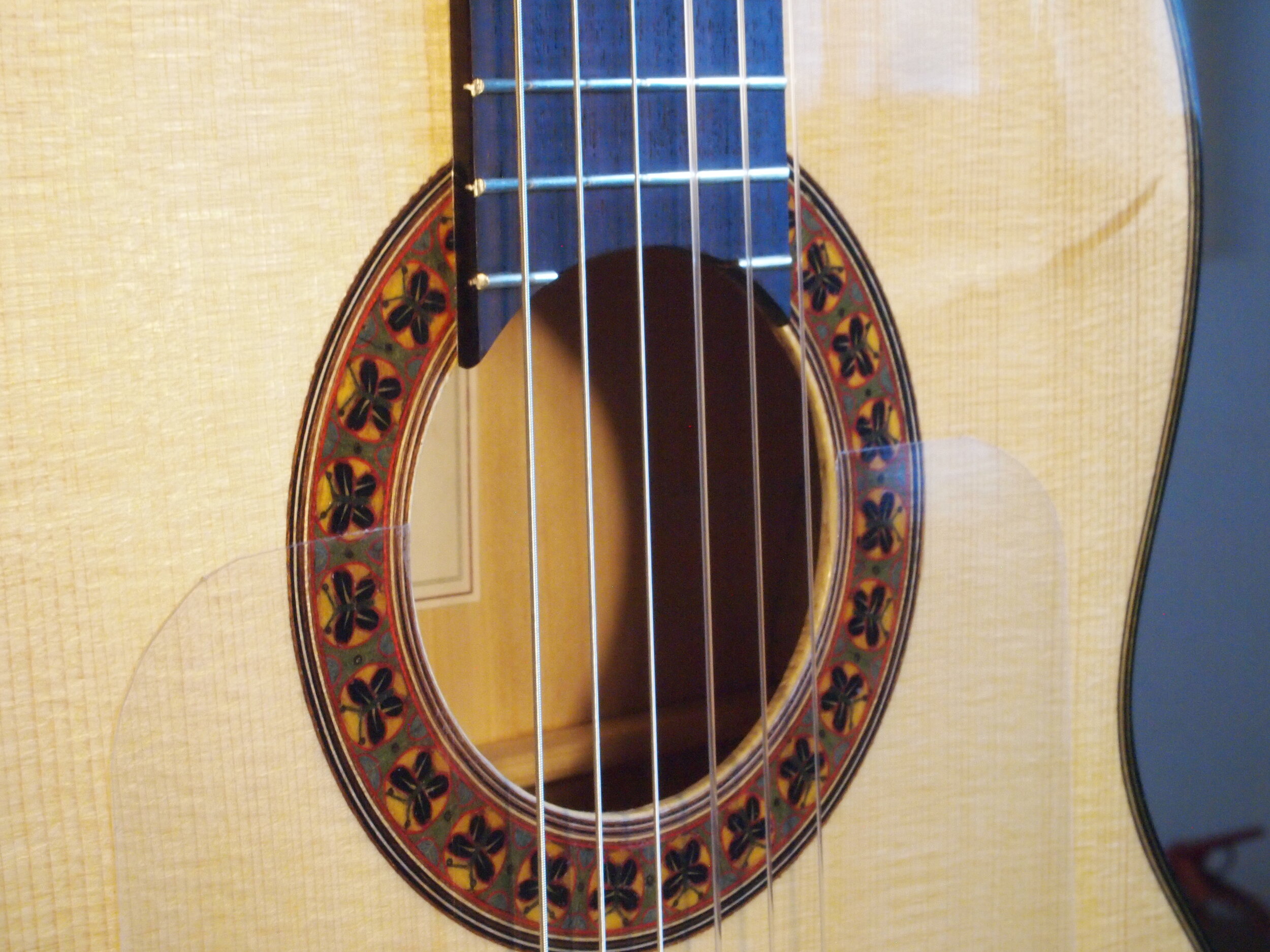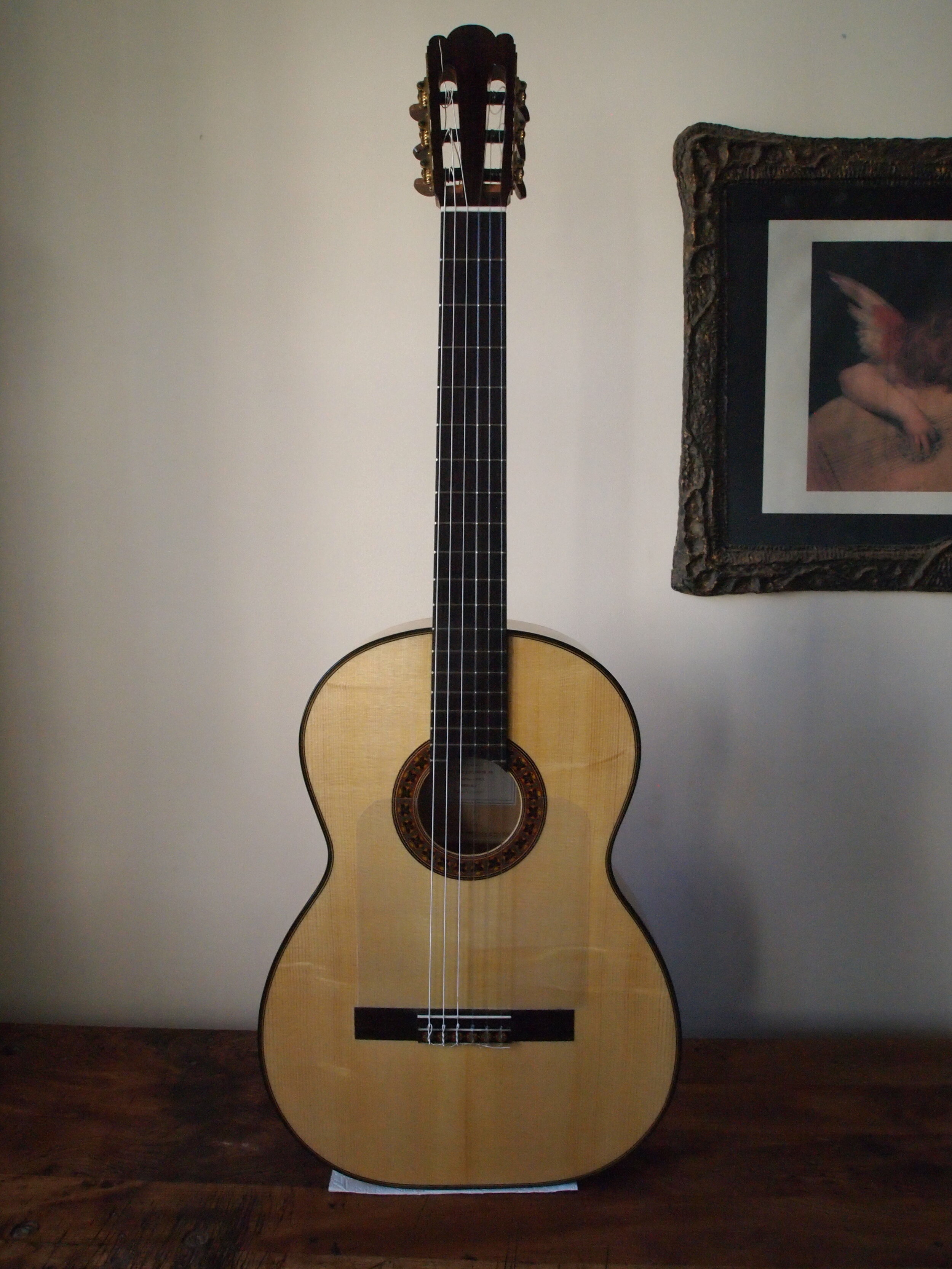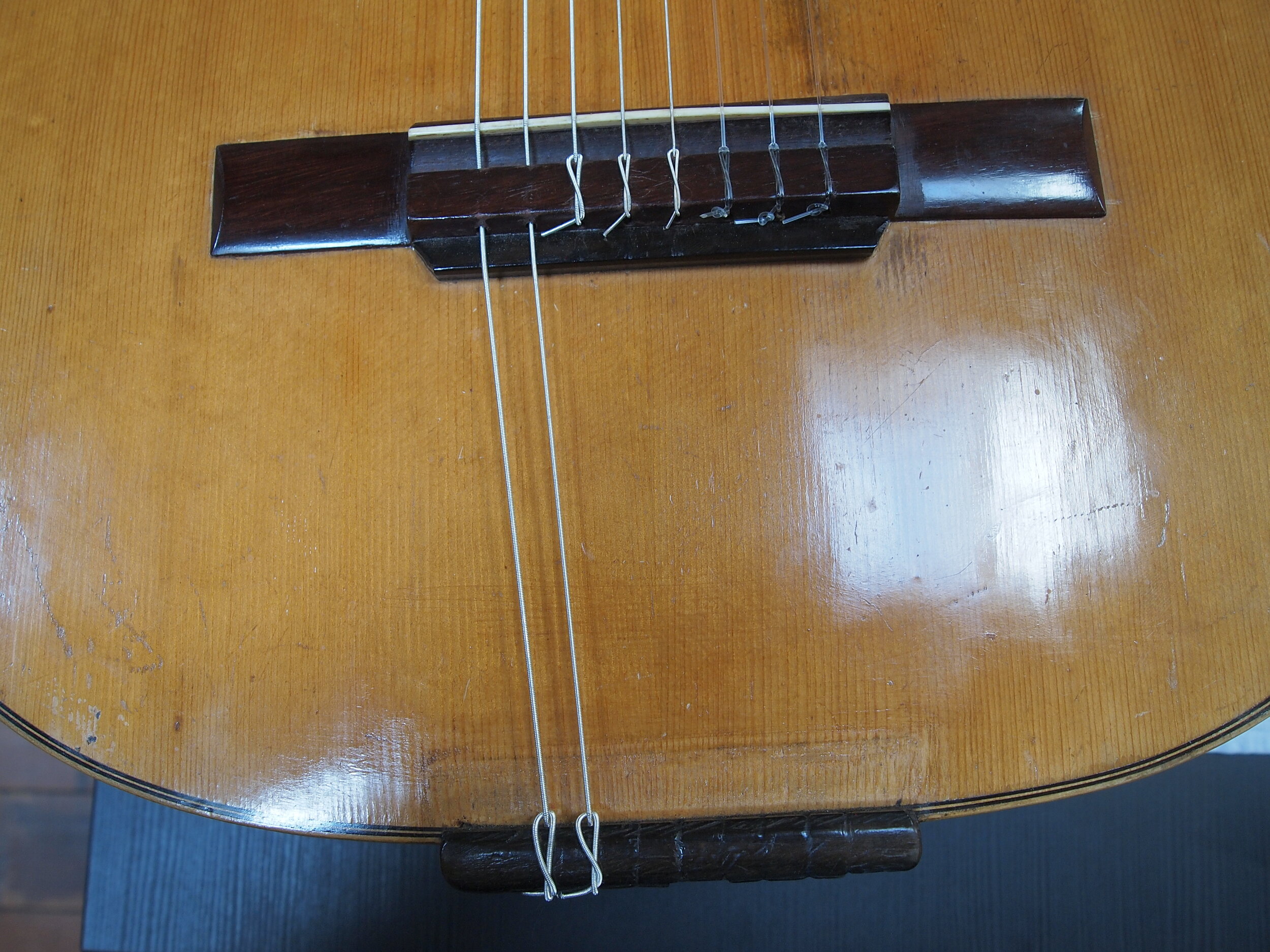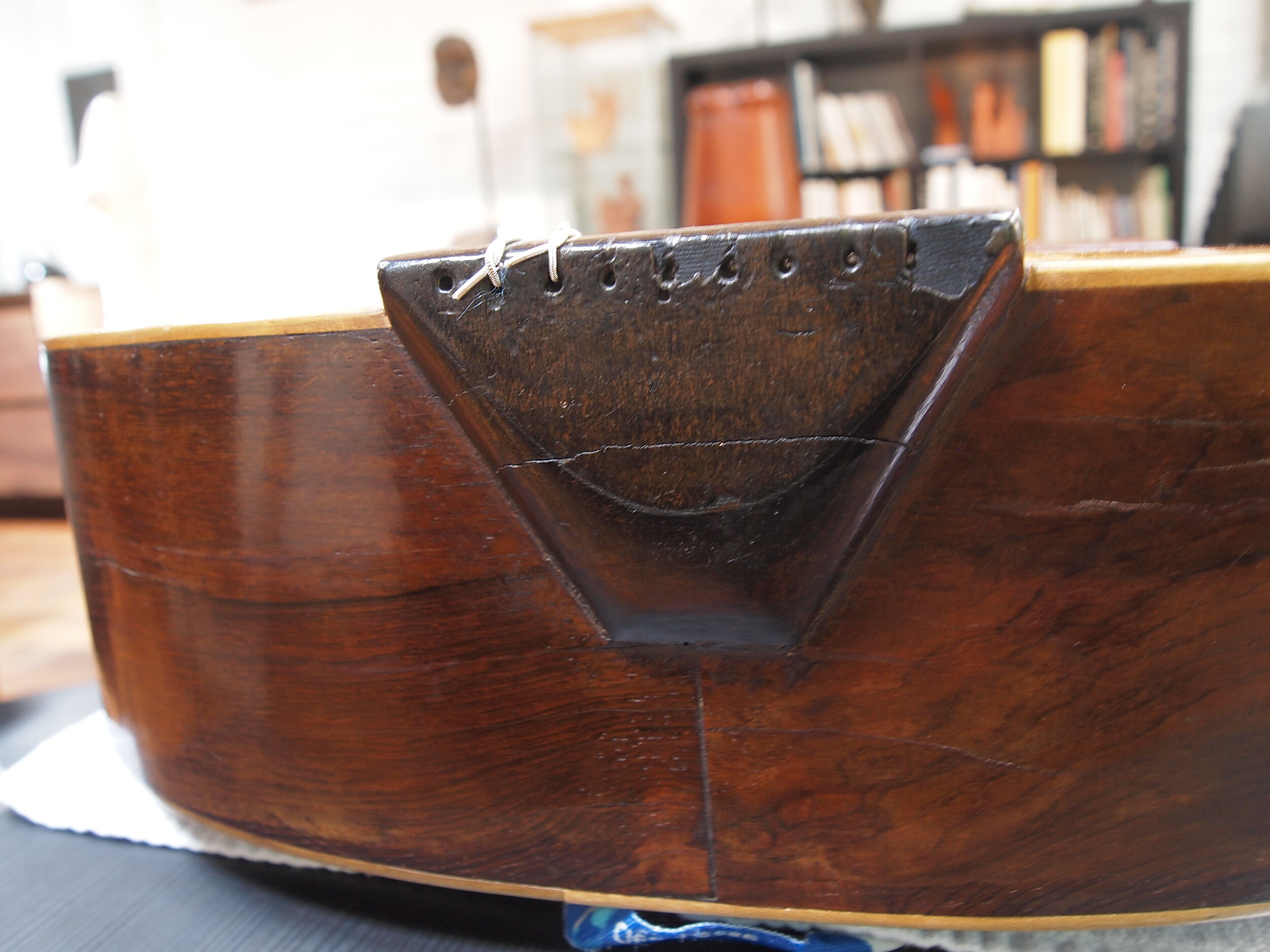When I was thirteen or fourteen and started developing an interest in guitar making, I was actually originally more interested in making electric guitars and basses. Basses fascinated me in particular, firstly because I played the bass really well, and secondly the unplugged tone of the bass was so beautiful to me, but what I really loved was how much the different woods seemed to affect the tone. I was however drawn away from that path, when I first glimpsed the inside of a classical guitar and beheld the mysterious bracing within.
Regarding the classical guitar, it’s widely held that the soundboard along with its bracing is the most important part of the instrument. A famous guitar maker Torres once made a guitar with paper mache back and sides, perhaps to illustrate this point. Although the back and sides do have some effect on the sound, I would agree that the soundboard is where the magic happens, or in the case of overbuilt and underbuilt guitars, where it doesn’t.
From the beginning of my guitar making journey I experimented with different bracing patterns. I initially followed the guitar making book Making Master Guitars, in which there were a number of plans based on famous guitars, and for my first two guitars I followed a Romanillos plan. Then I built the next four guitars simultaneously, following the plans for a Bouchet guitar, a Fleta, a Santos Hernandez and a Torres. Such experimentation continued and although a case could be made for sticking to one plan in the beginning, I feel the variety has helped me understand the guitar as a whole. At this early stage, I carried out an interesting exercise, pushing the boundaries in terms of how thick or thin the plates of a guitar could be made.
I’ve read somewhere that it’s after 100 guitars, that a guitar maker starts to feel really in control. Based on my experience, I certainly think about things quite differently now than I did in the beginning. The biggest flaw in my thinking in the beginning was my lack of understanding of the wood itself. I sought to understand how the different bracing patterns and dimensions affect the final sound, without understanding that the properties of each brace - each piece of wood, every soundboard, even from the same tree, let alone species - can vary drastically. So now I work with a much greater respect and consideration towards the wood itself than before.
What did help me was a manual written by a guitar maker called Daniel Friedrich. This manual seemed intended for the intermediate guitar maker, and contained a series or tests that could be carried out during the production of a guitar, measuring the qualities, weights, and deflection strengths of each piece of wood. Some makers have been able to develop a sense for the qualities of wood, and carry out these tests by feel, with their hands. I believe I’ve read that Antonio Torres and Robert Bouchet were such makers, and probably many others. I have also been helped by the advice of various guitar makers. I was able to meet luthier Gernot Wagner once while at London Guitar Studio, where he explained his overall rationale regarding soundboards, and how his thoughts regarding reducing the weight of the soundboard led to him inventing the double top guitar. Throughout my building journey, I‘ve had the phrase, ‘Let the Wood Speak’ in my head, which is a saying from luthier Paul Fischer, and I last year had the opportunity to speak to him on the subject of bracing too. Recently, I was given two completed soundboards by luthier Rik Middleton to study, and build the rest of the guitar.
So far I have mostly worked with spruce soundboards, and some in western red cedar. There are so many bracing patterns in the guitar world and so many styles of construction, so many luthiers pushing to achieve the best sound, that it can be hard to choose a clear direction to go regarding sound. However, with my past experience and the advice of various master makers, as well as constant feedback from players and dealers, I feel confident about the future.
